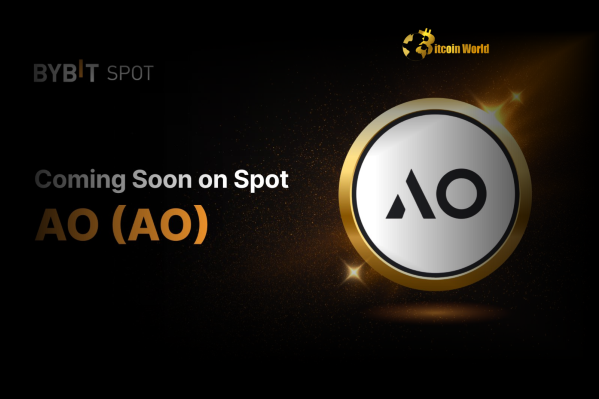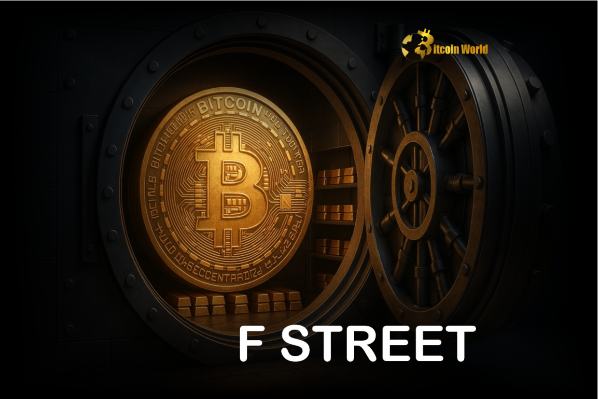BitcoinWorld

AI Talent: The Staggering Compensation Race Reshaping the Tech Market
Just as the crypto world has seen meteoric rises and intense competition for groundbreaking projects, the realm of Artificial Intelligence is now witnessing its own high-stakes battle – for AI talent. The landscape for top-tier AI professionals is transforming at an unprecedented pace, drawing parallels to the cutthroat world of professional sports. Forget traditional corporate hierarchies; we are entering a new era where access to the brightest minds in AI is becoming paramount, even surpassing the importance of sheer compute power or vast datasets.
What’s Driving the Intense AI Talent Frenzy?
The current climate in the AI industry is marked by an extraordinary demand for specialized skills. As highlighted by Deedy Das, Principal at Menlo Ventures, the reason for the staggering compensation packages lies in a fundamental imbalance: “The reason people are being paid this much is because there’s a disparity between the prize to be made in a short amount of time and the amount of people who have the talent to get you to that prize.” This disparity creates an environment where companies are willing to “pay up” significantly to secure individuals who can unlock immense value quickly. This isn’t just about filling roles; it’s about securing a competitive edge in a rapidly evolving field where first-mover advantage can be everything.
The Overheated AI Market: A New Frontier for Compensation?
The AI market is undeniably overheated, echoing the dynamics of top-tier sports leagues where star players command astronomical salaries. This analogy extends beyond just contracts; it encompasses the unprecedented infrastructure needs companies are investing in to support their elite teams. Consider Meta, for instance, pouring billions into both compute resources and attracting leading AI researchers. This strategic investment underscores the belief that human ingenuity, coupled with robust infrastructure, is the ultimate differentiator. The competition for these elite minds is so fierce that it’s reshaping traditional hiring and retention strategies, especially within the startup ecosystem, where smaller entities must innovate to compete with tech giants.
Beyond Millions: What Truly Motivates Top AI Researchers?
While compensation packages are certainly a significant draw, what truly motivates top AI researchers to leave established positions, even after making millions, is a complex question. It’s often a blend of factors, including:
- Impact and Autonomy: The desire to work on cutting-edge problems with significant real-world impact, often with greater freedom than in larger organizations.
- Intellectual Challenge: Opportunities to push the boundaries of AI, explore novel architectures, or contribute to open-source initiatives.
- Vision Alignment: A strong belief in a startup’s mission or a founder’s vision, offering a chance to build something truly disruptive from the ground up.
- Equity and Ownership: The potential for even greater long-term wealth creation through significant equity stakes in successful ventures.
Venture Capitalists (VCs) are keenly aware of this “key-person risk” in the AI era. Their investments are increasingly tied not just to technology, but to the specific individuals driving that innovation. This means VCs are actively strategizing on how to support founders in retaining their core talent, understanding that a single departure can significantly impact a startup’s trajectory and valuation.
Navigating Tech Talent Acquisition in the AI Era
For startups and established companies alike, effective tech talent acquisition in the AI space has become a strategic imperative. The traditional playbook no longer applies. Acquisitions of smaller AI startups are often driven as much by the desire to acquire their innovative teams as by their technology. This phenomenon warps the hiring landscape, making it challenging for nascent companies to compete for talent. Retention is also a massive challenge, as competitive offers are constantly on the table. Companies must cultivate unique cultures, offer unparalleled growth opportunities, and provide access to exciting, challenging projects to keep their brightest minds engaged and committed. It’s about building an ecosystem where top talent can thrive, innovate, and feel valued beyond just their paycheck.
Decoding AI Compensation Trends: What’s Next for the Market?
The current AI compensation trends reflect a unique moment in technological history. Deedy Das predicts that this extreme disparity, while lucrative for current top talent, may not last indefinitely. “Over time, there will be less prize in AI. I imagine a lot of that value will be captured by a few people, and there will be a lot more talent to fill the supply.” This suggests a potential future where the market normalizes, as more individuals gain the necessary skills and the initial “gold rush” phase matures. However, for the foreseeable future, the demand for truly exceptional AI talent will continue to outstrip supply, maintaining high compensation levels and intense competition. This ongoing arms race will shape not just the AI industry, but the broader tech landscape for years to come.
The AI talent arms race is more than just a passing trend; it’s a fundamental shift in how value is perceived and rewarded in the technology sector. Mirroring the dynamics of professional sports, it highlights the immense power of human ingenuity and specialized skill in driving innovation. Companies that understand and adapt to these evolving dynamics—by investing in top talent, fostering environments of innovation, and strategically navigating compensation—will be the ones that ultimately lead the charge in the AI-powered future.
To learn more about the latest AI market trends, explore our article on key developments shaping AI features.
This post AI Talent: The Staggering Compensation Race Reshaping the Tech Market first appeared on BitcoinWorld and is written by Editorial Team





